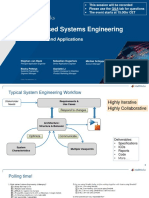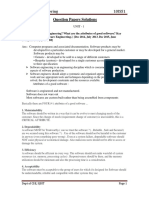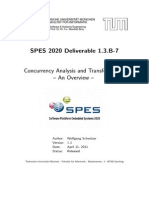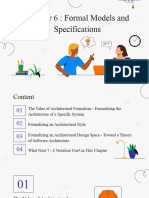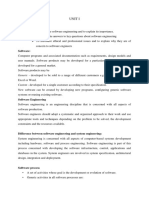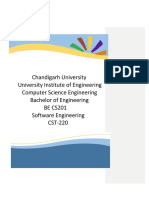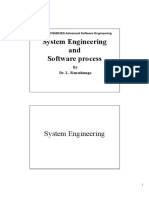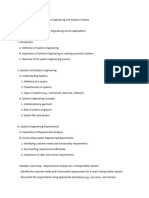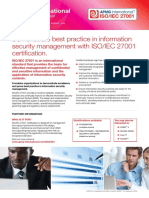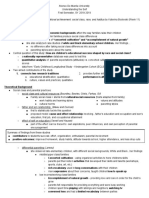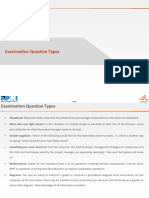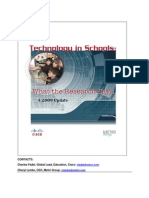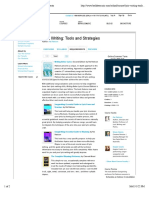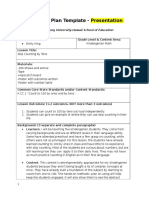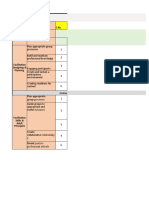0% found this document useful (0 votes)
52 views4 pagesPractical Model Based Systems Engineerin
The document is a comprehensive guide on Practical Model-Based Systems Engineering (MBSE), covering essential concepts, methodologies, and applications in systems engineering. It includes detailed sections on systems engineering principles, model-based approaches, functional and physical architecture, and various examples of application in different contexts. Additionally, it addresses trade-off analysis and provides insights into agile development and architecture evaluation.
Uploaded by
Kalin TsenkovCopyright
© © All Rights Reserved
We take content rights seriously. If you suspect this is your content, claim it here.
Available Formats
Download as PDF, TXT or read online on Scribd
0% found this document useful (0 votes)
52 views4 pagesPractical Model Based Systems Engineerin
The document is a comprehensive guide on Practical Model-Based Systems Engineering (MBSE), covering essential concepts, methodologies, and applications in systems engineering. It includes detailed sections on systems engineering principles, model-based approaches, functional and physical architecture, and various examples of application in different contexts. Additionally, it addresses trade-off analysis and provides insights into agile development and architecture evaluation.
Uploaded by
Kalin TsenkovCopyright
© © All Rights Reserved
We take content rights seriously. If you suspect this is your content, claim it here.
Available Formats
Download as PDF, TXT or read online on Scribd
/ 4













